Gorgona Island Prison Ruins
This maximum-security prison was abandoned to make way for a national park.
Sometimes called the “Alcatraz of Latin America,” Gorgona Island is home to an abandoned prison now completely overrun by the Pacific island’s unique flora and fauna.
Originally named San Felipe, the island was later renamed after the Gorgons, creatures from Greek mythology whose hair was made of snakes, due to the high number of venomous snake bites suffered during the Spanish colonial era.
In 1959, after Colombia made it illegal for private individuals to own islands in the country, a maximum-security prison was built on Gorgona Island to house some of the nation’s most dangerous criminals. The men incarcerated in Gorgona’s prison were stripped from their identities and instead assigned numbers. The harsh and inhumane living conditions coupled with the fact that the island’s shark-infested waters and poisonous snakes made it very difficult for inmates to escape gave the prison a widely-known reputation. While the Gorgona prison was active, there were a total of 25 escape attempts, three of which were successful.
After a little over two decades in operation, the Gorgona prison was closed down in 1984. The entirety of the island and its surrounding waters were turned into a national park the following year. Today the landscape is a protected wildlife habitat home to many rare species that live among the ruins of the abandoned maximum-security prison.
Much like the Galápagos Islands, Gorgona is home to a unique ecosystem influenced by thousands of years of separation from the mainland. The island is the sole habitat of the blue anole (Anolis gorgonae), the only all-blue lizard in the world. It’s also home to the brown-throated sloth, the capuchin monkey, and a large population of venomous snakes. The island is a popular spot for scuba diving since it’s not uncommon to spot whale sharks, hammerheads, white tip reef sharks, and moray eels. Whale-watching is possible annually, between June and October, as the island is a prime breeding and calving location for humpback whales.
Today, a navy station on Gorgona is responsible for preserving the integrity of the island’s ecosystem, maintaining the old prison ruins, and supervising the safety of the visitors. Local guides are available year-round and strict regulations, like curfews and wearing gumboots, are enforced to help preserve the local ecosystem and prevent visitors from getting bit by the slithery inhabitants of the island.
Know Before You Go
The island is accessible via boat from Buenaventura and Guapi. Daily flights are available from Bogotá and Cali to Buenaventura, and to Guapi from Cali. There is a small entrance fee to the island/national park. Gumboots are provided and must be worn throughout the entire stay. A hotel and restaurant are also open year-round on the island. Alcohol and weapons are prohibited at all times.



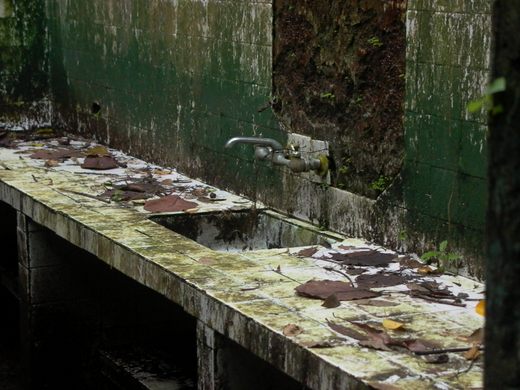
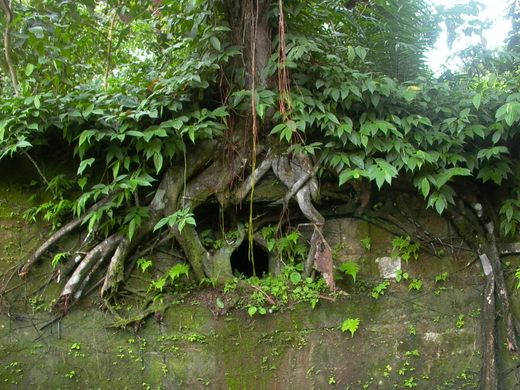
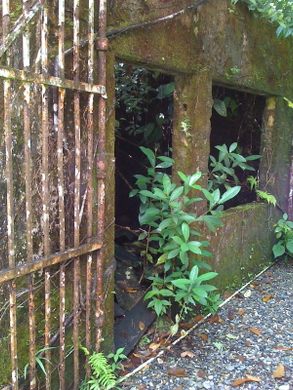
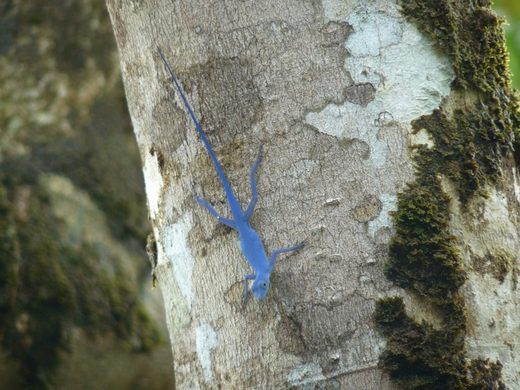




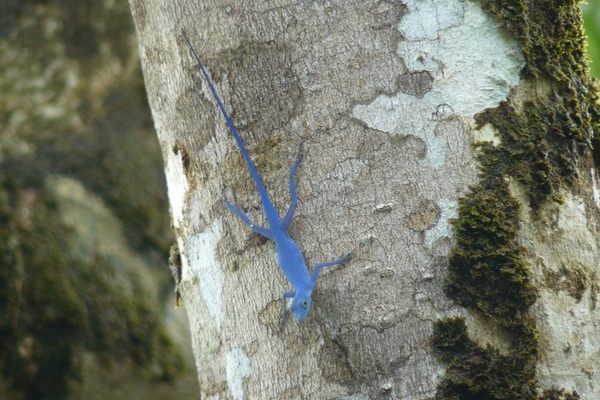





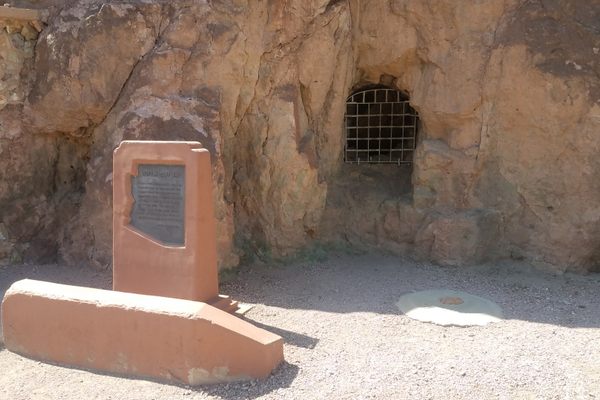


Follow us on Twitter to get the latest on the world's hidden wonders.
Like us on Facebook to get the latest on the world's hidden wonders.
Follow us on Twitter Like us on Facebook